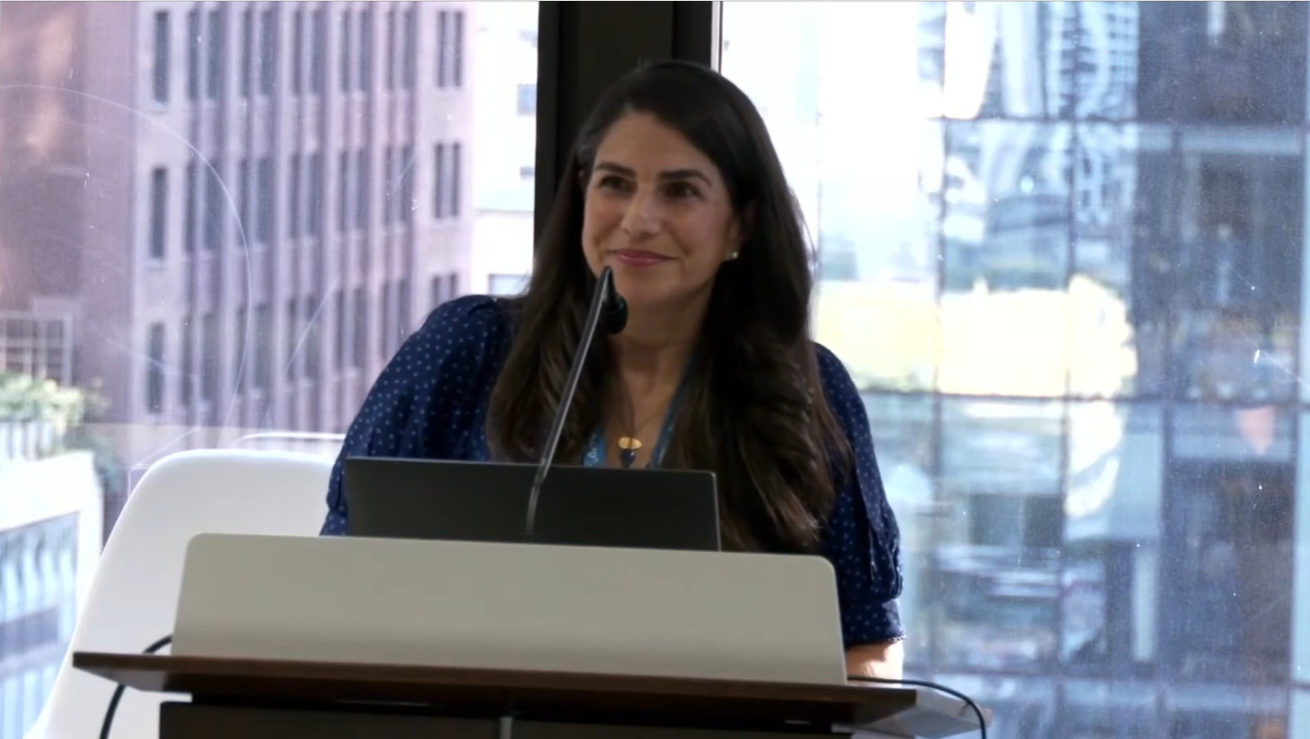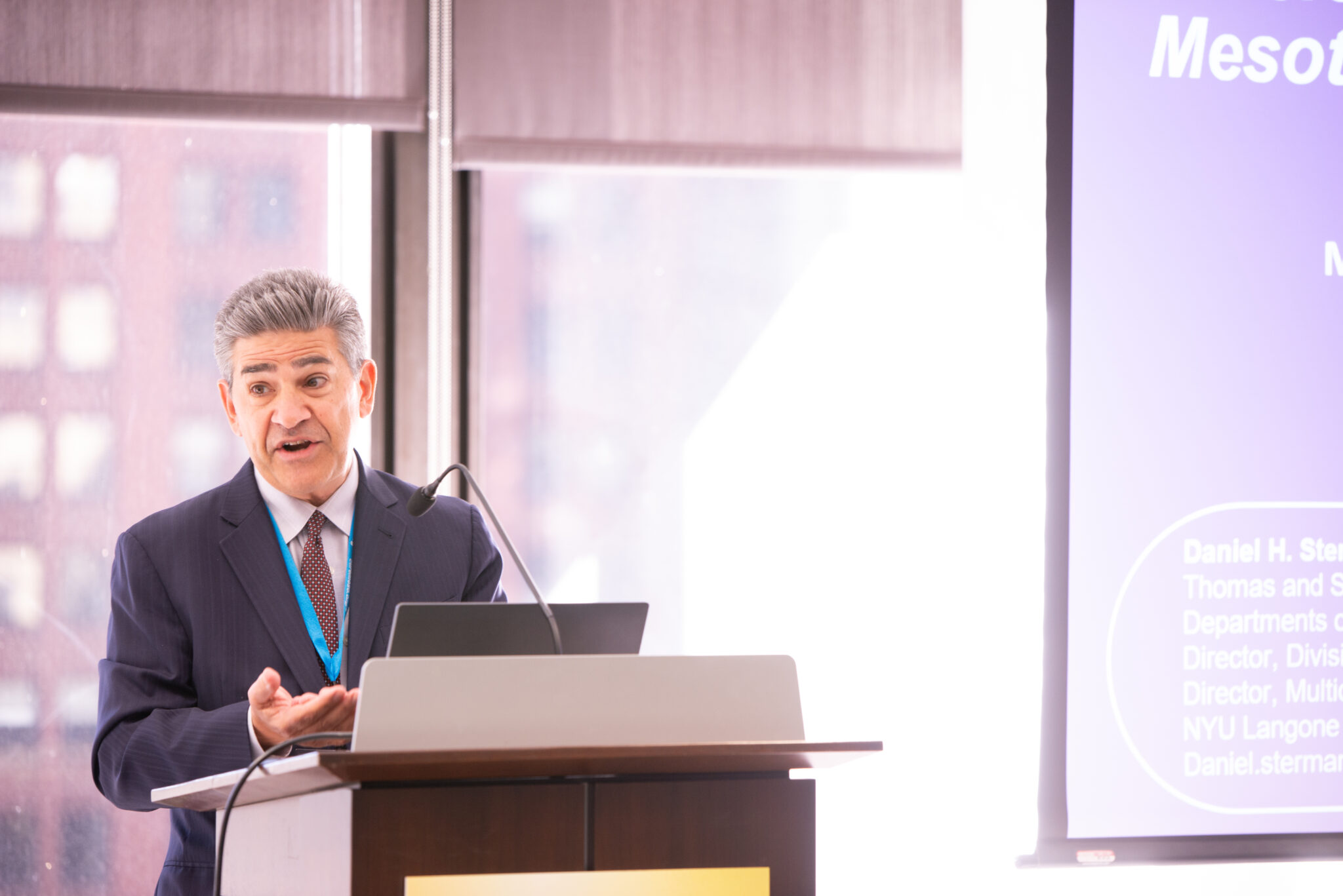by Christopher Graham
Nicole came to visit every day, and her parents were there nearly every day too. One of the best things about meeting Nicole was meeting her parents. Not only have I avoided the cliché that people don’t like their in-laws, I’ve also gained a second set of parents who, I can honestly say, I love. I’ve told Nicole on more than one occasion that we can never get divorced, not only because I love her like crazy, but also because if we ever did get a divorce, I’d lose her parents in the process. So that will never happen. And speaking of Nicole, I looked forward to her visits every day. She’d stop by after work and we’d spend a few hours together. Those few hours in the evening were definitely the high-point of every single one of my days in the hospital. I insisted that she sleep at home, though, and not the hospital. For one thing, the crappy little cots they have for guests are worse than a roll-way bed from Motel 6.
But for another thing, something to which people who’ve been admitted to the hospital can no doubt attest, it’s no place to get rest. The hospital works on the hospital’s schedule, and otherwise tough shit. If they, the hospital, couldn’t get your CT scan or MRI done while you were awake, don’t worry. They scan 24/7. Every minute there’s no one in the MRI scanner is a minute where they’re losing money. They’ll wake your ass up at 3:30 in the morning to get the study done. Eating lunch but transport is here to take you to [wherever you’re going]? Well, lunch is now over.
People come in and out of your room all day long. Changing clothes? Be quick about it so they don’t come in when you’re butt naked. Sure, you’ll only see your doctors once a day for at most 5-10 minutes (and let’s be honest, 10 minutes is really pushing it). But, don’t fret – you won’t be lonely. A slew of people will be in and out of your room throughout the day. The lab people will be by around 4:30 AM to draw your blood. The x-ray people will wake you up an hour later to get your daily chest x-ray that you probably don’t actually need. The Chaplin will stop by – that one is optional. Then the social worker. Then the next social worker. It won’t be exactly clear why you need any social workers, much less two. Then the case manager will check in, for somewhat nebulous reasons. I can’t actually tell you what a case manager does. To my knowledge, physicians manage cases. Then your nurse will come give you meds. Then physical therapy to make you walk around the hall. The dietician will come by and ask if you need anything. You’ll wonder, aren’t you the expert in this? How do I know if I need something? Aren’t you supposed to tell me? Then respiratory therapy will come in and tell you to use your incentive spirometer[ref]An “incentive spirometer” or (wait for it) IS, is a device that you use to help keep your lungs inflated after surgery. Here’s the deal. When you’re in pain, and/or just lying in bed all day, you don’t move your chest wall as much. So, sometimes, small parts of your lungs “collapse.” It’s not as dramatic as it sounds, it’s just empty. The fancy doctor word is “atelectasis.” Most of your lung is aerated so you can even feel totally fine. But, it can cause fevers and it can set you up for infections (pneumonias). The IS is a device that you put in your mouth and then inhale as slowly and as deeply as possible and hold it for a second or two. The idea is that you open up those collapsed segments of lung at the bases when you do this. Wanna know the fancy doctor name for this? “Alveolar recruitment” (PS – alveoli are the parts of your lung, at the end of the airways, where gas exchange – O2 for CO2 – actually happens).[/ref], etc. There is an unending stream of people in and out of your room, and you have the discussion when it’s convenient for them, not you.
While we’re kind of on the subject, let’s expand upon the list of things that makes the patient experience such a delightful exercise in “things you definitely want to experience in life.” One of the largest piles of steaming dog crap that you get served up as a patient is the generalized loss of control of your life. Got cancer? That sucks. But there’s only one legitimate treatment option, so you’re doing that, no matter what it is. I mean, only if you want to live. I guess you could just go home and die. But personally, I wasn’t interested in that option. That loss of control just keeps going, too. Kidneys just almost died? Now you’re on dialysis? Well, suck it up buttercup. You gotta just roll with the punches.
The hospital is boring as all get out. I know I said you get a lot of visitors, but that’s more of an in-and-out type of revolving door experience throughout the day. Those moments, though frequent throughout the day, are punctuated by stretches, sometimes long stretches of total boredom. I guess if you like watching daytime cable TV all day, it would be okay. But I’ve never been one to just flip through the TV. I watch a show and then turn it off. And other than that, there’s right about bupkis to do. You’d better bring yourself something to do during the day. Because otherwise, it’s just a whole lot of sitting around.
The barely edible slop they call hospital food is another source of unending frustration. Because of my kidney injury, I was on a special renal diet for a while. That just by itself greatly limits what you can eat. But even when they took me off of that, and let me have a regular diet, the food was just plain bad. It reminded me, more than anything, of cheap cafeteria food that’s been sitting in the same aluminum chafing dish for 10 hours. All of it is clearly from a can or big plastic bag. And this was at a hospital where you could even order your food yourself. After much trial and error, the only thing I found that was actually decent were the chicken fingers and macaroni and cheese. And ketchup does wonders in disguising the taste of bad food, it turns out.
Part of my sense that the food was nasty, I’m sure, was a result of the surgery. I could barely eat anything at first. One or two bites of something and I would get simultaneously full and nauseated. And then after a couple bites, you may recall, I’d also have to waddle over to the bathroom to have some more explosive-mostly-watery diarrhea. Delightful! It was quite the accomplishment when, one day, perhaps 8 or 9 days into the hospital stay, I was able to eat two whole chicken fingers and half the mac and cheese. It wasn’t until a few months after the surgery that I was finally able to eat more than a couple bites of anything, and it was nearly 7 months out from surgery by the time I was actually starting to feel hungry at meal time. I lost almost 25 lbs during the first month of all of this, and my weight was eventually going to drop down to “legitimately scary” levels after the second surgery. But we’ll get to all that.
Also as a patient, you’re constantly getting poked and prodded. After a while it gets really old. Unfortunately, they have to run pretty frequent blood tests on people when they’re sick. So you get stuck a lot in the hospital. Before this I couldn’t even watch the needle go in my skin. Now I just stare at the approach the nurse is taking and try to guess if they’re going get it on the first try or not. Even when you’re not admitted you’re coming in for chemo or doctor’s visits and they’re starting IVs and drawing blood. I wanted to rip out all of my IVs and take out all the tubes. It’s this constant, unending low level pain and annoyance. At any given moment, it’s not particularly intolerable, but it’s just always there. It’s hard to not let that get to you. It puts you in a bad mood all the time.
You never feel clean. You always feel kind of like it’s been 2-3 days since your last shower. Even when you do finally get to take a shower, it’s not an enjoyable experience. At least, mine wasn’t. We were up on the 20th floor, and the water pressure reflected that. It was a trickle of water through one of those crappy detachable shower heads. There were two temperatures: really hot, or really cold. So I kind of alternated back and forth, and never could get the temperature quite right. I obviously had the enormous surgical wound that I couldn’t get too wet, as well as the tunneled line which is also not supposed to get wet. So we covered the line with these protective plastic sheets so I could at least stand under the water. I still remember how miserable it was to stand there, alternating between too hot and too cold, trying to avoid getting water on my shoulder and belly, with the IV pole sitting right on the other side of the shower curtain, holding on to the JP drain with my left hand so it wouldn’t just dangle out of my body. Then you have to try to clean yourself while managing all those lines and tubes. It’s fantastic.
Continue reading in the next installment by Christopher Graham here: Chapter 5 | Part 2: An Existential Journey
If you missed chapter one of Christopher Graham’s story, click here to read it now. Then read chapter 2, chapter 3, and chapter 4.




